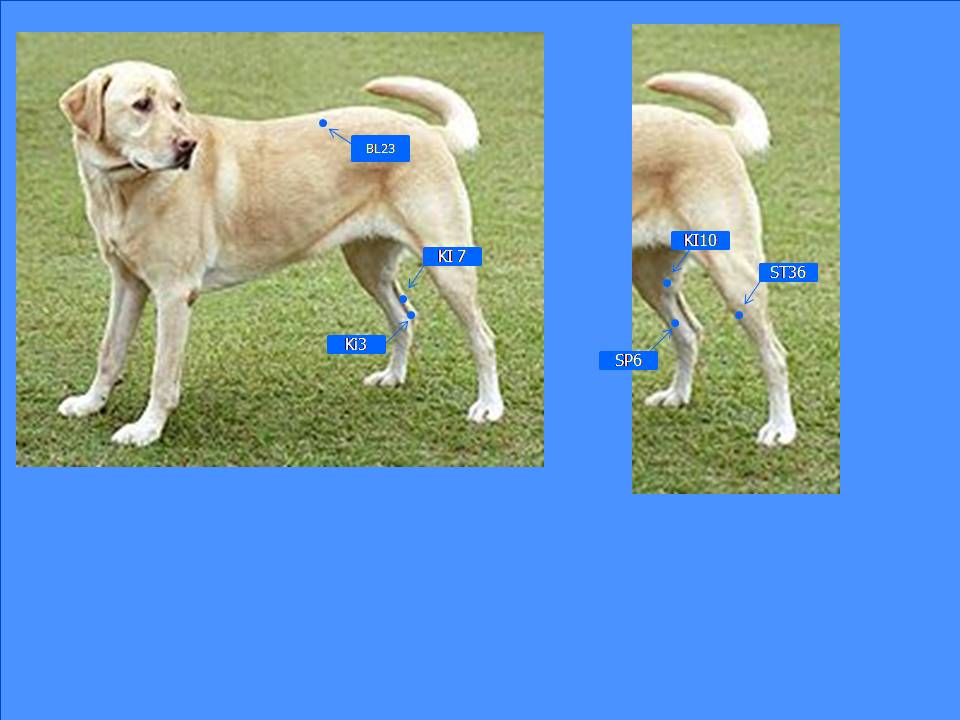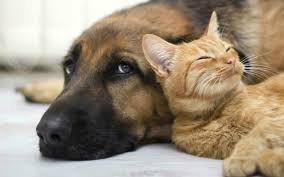So this is part two of the Kidney blog. We will go over what Kidneys do and their physical function in the body. There is also information to help understand what happens if your pet does get CKD Chronic Kidney Disease and what you can do to help them through diet, CAM, Eastern and Western Medicine
The following is a summary from articles written by Dr Karen Becker To read the full articles click on the links below
Your pet’s kidneys are very important organs. They regulate your dog’s or cat’s blood pressure, blood sugar, blood volume, water composition in the blood, and pH levels. The kidneys also produce a variety of hormones, including erythropoietin, that stimulates red blood production.
As blood flows through your pet’s kidneys, they filter out waste products generated from the break down of food, old cells and metabolic byproducts, toxins or poisons, and many drugs. The wastes are removed when your dog or cat urinates.
The kidneys also act as filters to insure beneficial substances like proteins get into the bloodstream, and they help regulate calcium and vitamin D levels.
Chronic kidney disease, or CKD, is damage to a dog’s or cat’s kidneys that has been present for months to years. It’s also called chronic renal disease (CRD), chronic renal failure (CRF), and chronic renal insufficiency.
Dogs and cats of any age can develop chronic kidney failure, but it’s more commonly seen in older pets.
Kidney failure often happens so gradually that by the time the symptoms become obvious, it’s really too late to treat the problem effectively. The kidneys find amazing ways to compensate as they slowly lose function over a period of months to years, which is why obvious symptoms often don’t appear until very late in the disease process.
A diet high in excellent quality protein and lower than normal amounts of sodium and phosphorous is recommended. Controlling phosphorous intake has proven to be very important in controlling the progression of kidney disease.
Many veterinarians still insist that a renal diet should be low in protein, despite studies that show aging pets — including those with kidney disease — need more, not less protein. But it has to be very high quality protein.
A big key to helping your pet is to realize that something may be off ie drinking more water than usual, larger volume or more frequent peeing. Night time incontinence, diminishing coat quality and abnormal lethargy. If these changes are occuring you should bring pet to your vet and let them know your concerns. There are western and/or alternative options to help your pup.
Below are four links: First two are for dogs , the third link is for cat parents and the fourth link is an article from dogs naturally identifies CKD from a TCM standpoint.
1. http://healthypets.mercola.com/sites/healthypets/archive/2015/09/20/pet-chronic-kidney-disease.aspx
2. http://healthypets.mercola.com/sites/healthypets/archive/2010/11/04/kidney-failure-pet-dogs.aspx
3. http://healthypets.mercola.com/sites/healthypets/archive/2012/08/06/kidney-disease-in-cats.aspx
4. http://www.dogsnaturallymagazine.com/kidney-disease-in-dogs/
Here are a few points that will help with CKD regardless of the deficiency.
KI3 Top of the hock thin skin your fingers will slide into it on either side it is kind of like our Achilles
KI7 Caudo medial aspect of the pelvic limb, 2 cun proximal to KI3 on the cranial border of the achilles tendon ( medial side of the hind limb approx two fingers above KI3)
KI10 Medial side of the popiteal fossa at the level of BL40 between the semitendinosus and semimembranosus muscles
ST36 Find the front of the knee and slide your finger down into the little groove on the lateral side of each knee
SP6 Approx 2 fingers above the medial malleolus or ankle bone this point is on the bone so just follow it up two finger widths on the inside of the back leg
BL23 1.5 cun lateral to the caudal border of the dorsal spineous process o the second lumbar vertebrae ( find the last rib follow it straight up about 1 finger to 2 finger widths off the spine)

